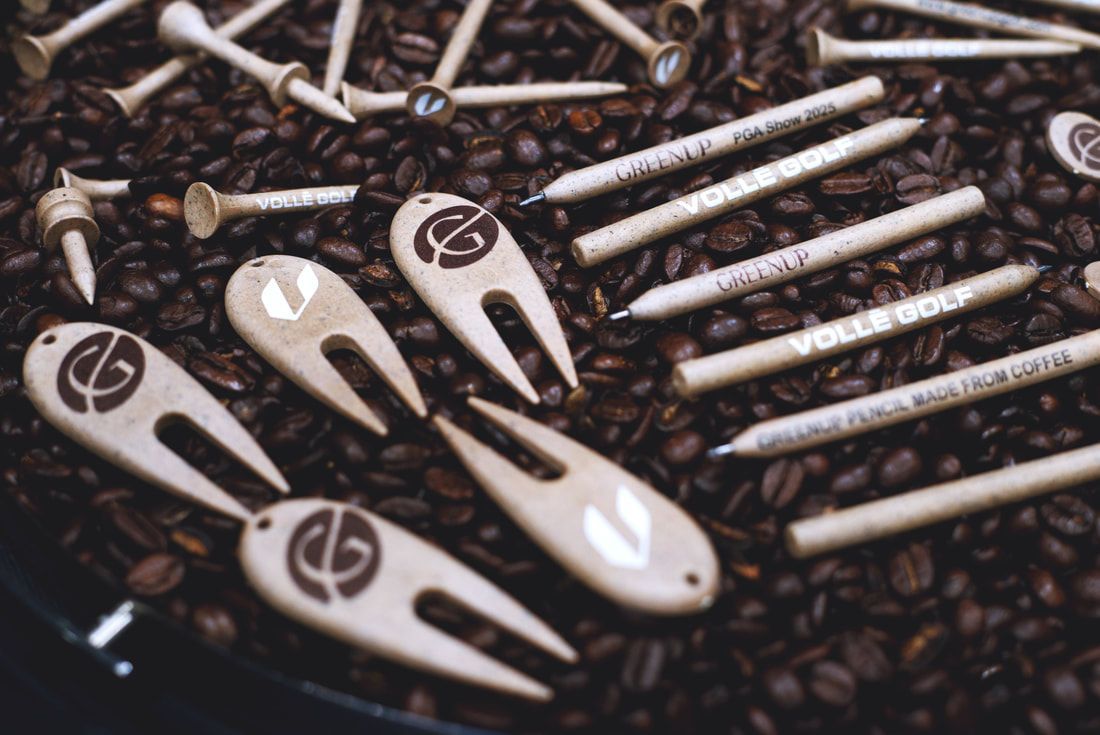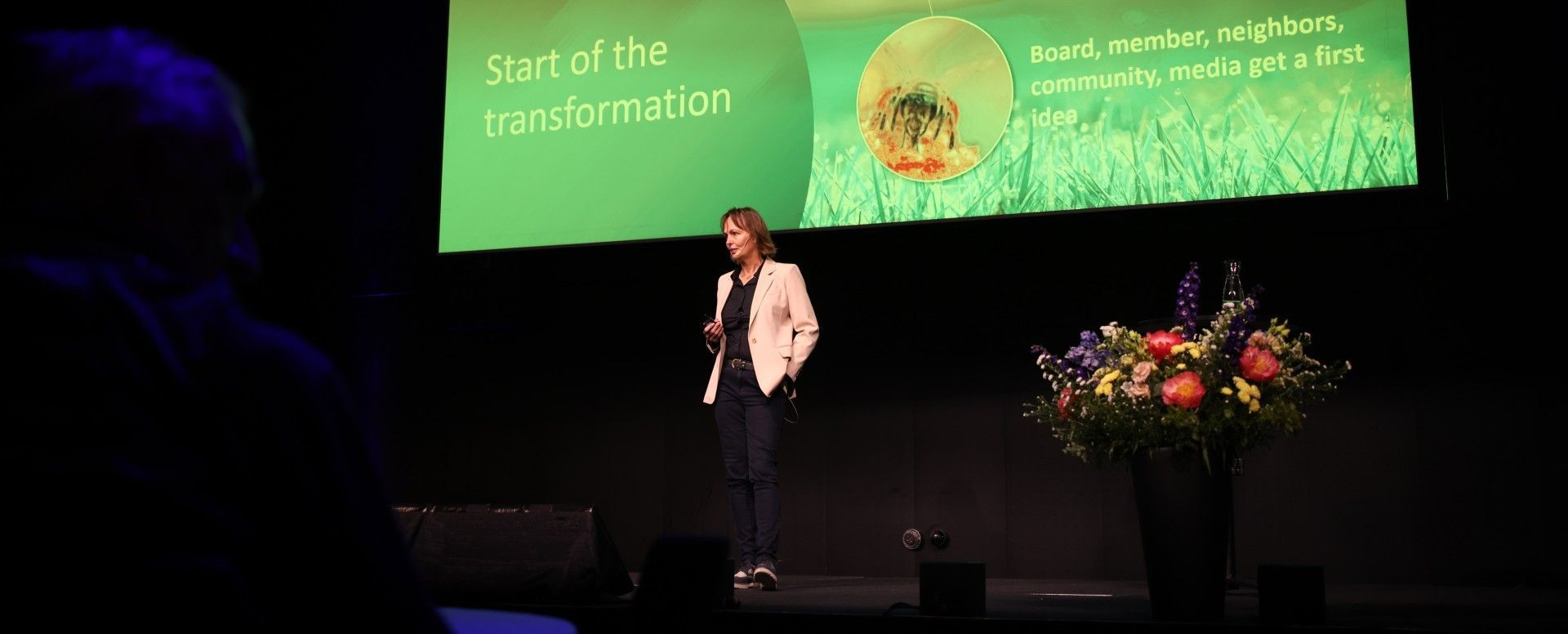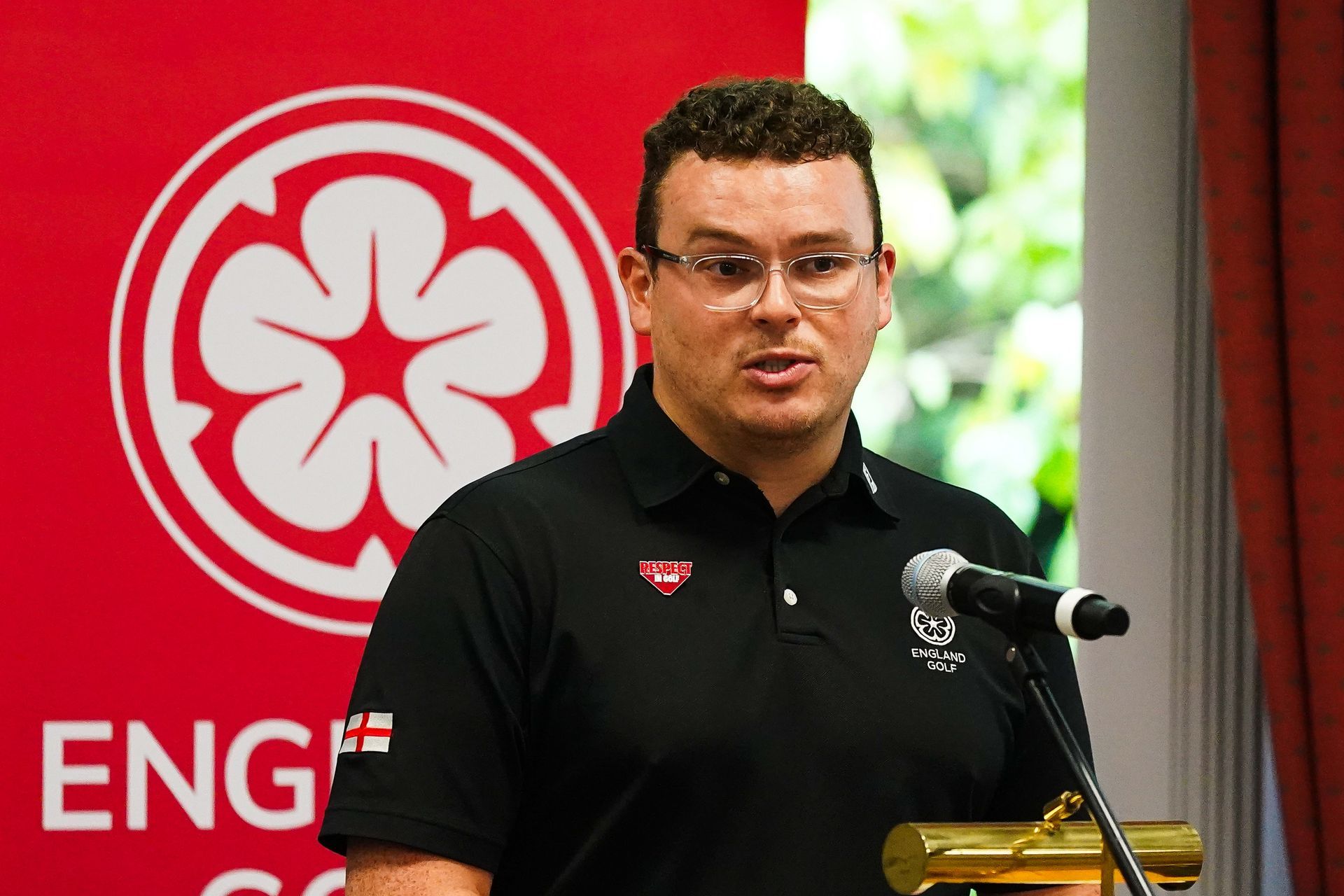Why a successful golfer decided to start her own sustainable golfwear brand

To start with Alena, tell us a little bit about your golfing career
The first time I picked up a golf club was when I was 13 years old, during a family holiday to Austria. At the time, I wasn't really interested in golf, as I thought it wasn’t really a sport, just something for ‘old people.’!! But when my younger brother started hitting a few shots really well, I decided to try it and enjoyed it so much that when we returned from our holiday, I enrolled in the local club and signed up for their junior academy.
A few years later, I began competing in national tournaments and international European Amateur events, securing several Top 10 finishes along the way. However, instead of pursuing a college golf career, I moved to Sydney, where I lived for a few years. During that time, I spent more time playing on the course rather than practicing on the range. When I returned home to Germany in 2022, I realized how much that experience had benefited my game.
In the 2022 season my Top 10 finishes turned into Top 5s and podium placements, ultimately earning me a spot in the 2023 European Mid-Am Championship. I drove to Italy with no expectations and ended up taking home the title—a massive boost for my World Ranking and, more importantly, my confidence. For the first time, I truly felt like I belonged at that level.
Winning the European Mid-Am Championship also opened doors to playing in other incredible tournaments, including the European Ladies Championship and the U.S. Women’s Mid-Am Championship. Both were events at an entirely new level, pushing me to become even better. I’m excited to continue competing in these top-tier events in the future.
(2) How did you become interested in sustainability?
My interest in sustainability—particularly sustainable fashion—was sparked while I was living in Sydney. During that time, I followed several social media accounts and listened to podcasts that discussed everything about sustainability, including the environmental and social damage caused by fast fashion.
That’s when I first became more aware of the choices I was making in my daily life. I started making small changes, like using reusable coffee cups, buying fruit and vegetables without packaging, and researching clothing brands committed to transparency in their manufacturing and fabric choices.
The more I learned, the deeper I wanted to dive. I found myself going down a rabbit hole, exploring all aspects of sustainability.
(3) What inspired you to create Ocean Meets Green?
Ever since I started playing golf, I struggled to find a golf skirt that checked all my boxes—one that was both practical and stylish while making me feel comfortable and confident on the course.
The options available were far from ideal. Most golf skirts lacked enough pockets. And the worst bit was that they were almost always knee-length—something I wasn’t keen on wearing as a teenager and still wouldn’t wear today. I wanted something athletic, something that reflected my style and personality. Back then, I often wore tennis skirts instead because they had the perfect fit and length, but they came with a major downside: no pockets.
I wasn’t the only one who felt this way. I met many other girls at national and international tournaments who shared the same frustration.
My mom often joked, “Maybe you need to create your own brand so you can finally get the skirts you want.” And in 2019, I decided—why not? If no brand was making the perfect golf skirt, then I would.
(4) How did you select the fabrics for your clothing collection?
From the very beginning, I knew that if I were to create a golf clothing brand, it had to be as sustainable as possible. While sustainability has many aspects, fabric and trim selection play a huge role in minimizing environmental impact.
As I delved deeper into sustainable fashion—reading about eco-friendly brands and the materials they use—I came across ECONYL®. What stood out to me was their approach: transforming waste materials like fabric scraps, carpet scraps and discarded fishing nets into regenerated, high-performance fabrics. Instead of ending up in landfills, these materials are given a second life.
One of the biggest challenges for a start-up in fashion is meeting minimum order quantities (MOQs) for fabrics, trims, and manufacturing. Fortunately, ECONYL® fabrics had manageable MOQs, which made them the ideal sustainable choice for my brand.
From there, I explored their fabric library, selecting performance fabrics suited for polo shirts and skirts. I requested swatches and carefully evaluated them based on feel, density, stretch, and overall comfort. After extensive testing, I found the perfect materials to bring my vision to life—sustainable, functional and performance-driven.
When I launched the men’s and women’s hoodies, I saw it as an opportunity to incorporate natural fibers into the collection. I found a German fabric manufacturer that sources certified fabrics made in Portugal. The process was similar to what I followed for the polos and skirts—once I identified the type of fabric I wanted, I tested several options and selected the one that best suited my design. The Ocean Meets Green hoodies are made from 95% organic cotton and brushed on the inside which make them very cozy.
(5) What other factors were important in the design of your golfwear?
I design all Ocean Meets Green pieces with two key priorities: comfort and practicality.
For me, fit and functionality are essential—especially when it comes to golf skirts. After years of searching for the perfect one, I knew the first Ocean Meets Green skirt had to check every box.
Having spent countless hours on the range and course—both in practice and under tournament pressure—I understand what makes a skirt truly work for golfers. That meant designing a piece that was:
- Equipped with built-in shorts that stay in place—no constant adjusting needed
- Packed with plenty of pockets that are easily accessible and spacious enough for scorecards, yardage books and your phone
- Designed with an athletic cut to reflect your style on the course.
- Made from lightweight, soft fabrics for all-day comfort.
Personally, I love clean, minimalist designs, so I focus on creating timeless, capsule pieces that seamlessly pair with other items in your wardrobe. This also ties back to my commitment to sustainability.
(6) What’s next for Ocean Meets Green?
Since I first launched the TIDE skirt it’s been extremely popular among golfers of all ages – which I absolutely love! I was also approached by a few women who said they loved the look of the skirt but would feel more comfortable in a slightly longer version. Taking their feedback to heart, I developed a longer version of the TIDE skirt. The prototype for that version is being sewn as we speak and if everything goes to plan it will be available this summer. Which is something I’m beyond excited about!
I’m also testing the market for accessories. This winter, I launched a beanie and I’ve been working on a cap, which will be released just in time for spring.
GOLFING GREEN
GOLFING GREEN is an affiliate marketing website. We may earn commission from sales made via links from this site.
GOLFING GREEN






